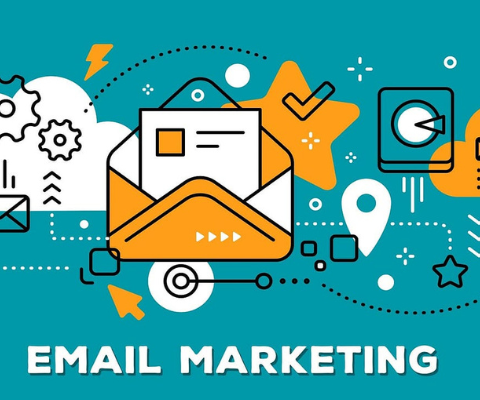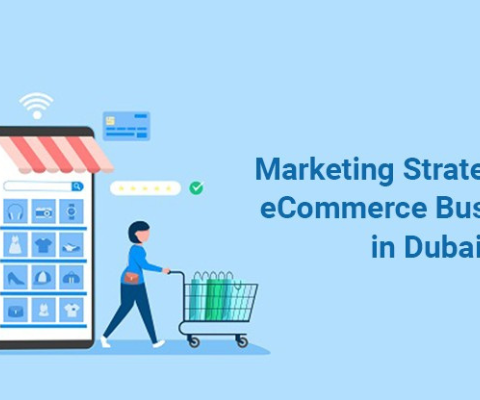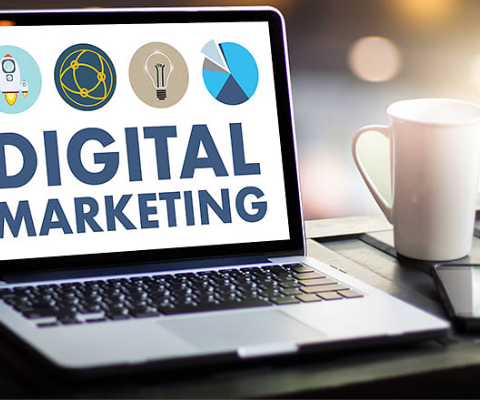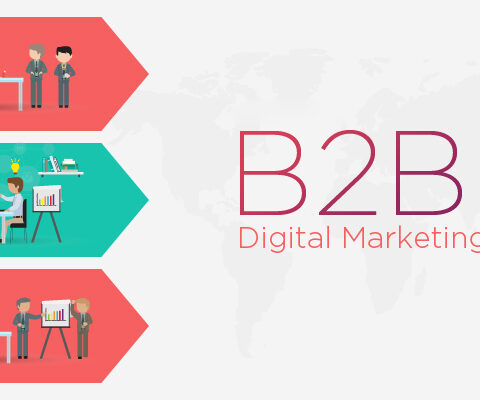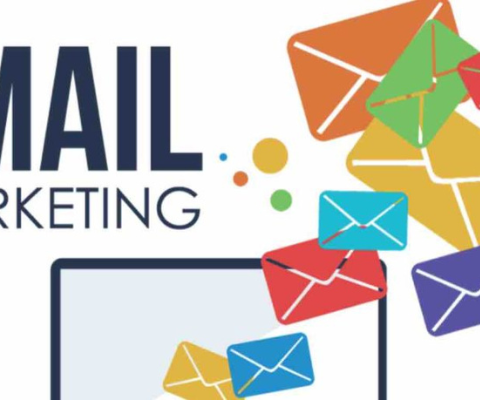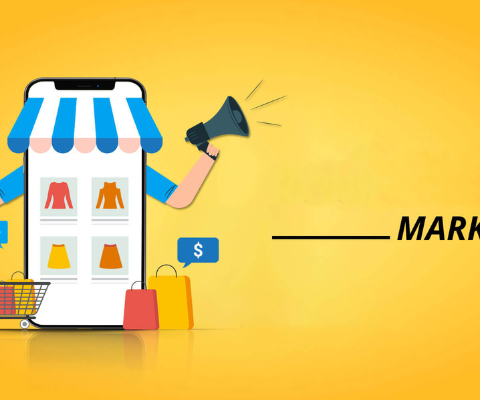Crafting Impactful Email Marketing Content: Key Considerations
In the dynamic landscape of email marketing, the content you deliver holds the key to engaging your audience effectively. Here are essential considerations to elevate your email marketing content creation:
1. Understand Your Audience:
Creating a meaningful connection starts with a profound understanding of your audience. Segment your email list based on demographics, past purchases, and engagement levels. Tailor your content to address the specific needs and interests of your audience. For example, a sports equipment store could send personalized content on running gear to customers who have previously purchased running shoes.
2. Craft Compelling Subject Lines:
Your email’s subject line is the first impression—make it count. Craft clear, concise, and compelling subject lines that grab attention and encourage recipients to open the email. Spark curiosity and convey the value of the content within. Instead of a generic “Monthly Newsletter,” opt for an enticing subject like “Unlock Exclusive Tips for a Healthier Lifestyle This Month!”
3. Personalize Your Content:
Go beyond addressing recipients by their first name. Leverage data to personalize content, offers, and recommendations based on individual preferences. For instance, acknowledge a customer’s interest in vegan skincare products with a personalized offer: “Hi Sarah, here’s a 10% discount on our vegan skincare range!”
4. Focus on Benefits, Not Features:
Highlight how your product or service positively impacts the recipient’s life. Emphasize benefits over features and articulate how your offering solves a problem or improves their situation. For instance, shift from “Our vacuum cleaner has a 1200W motor” to “Enjoy a cleaner home in half the time with our powerful vacuum cleaner!”
5. Include a Clear Call-to-Action (CTA):
Every email should feature a clear and compelling CTA that guides recipients on the next steps. Ensure the CTA aligns with your email content. For a product promotion, use CTAs like “Shop Now” or “Discover More” to direct recipients toward making a purchase or learning more.
6. Optimize for Mobile:
Given the prevalence of mobile email usage, optimize your emails for mobile viewing. Utilize responsive design that adapts to different screen sizes, and rigorously test your emails across various devices. Employ a single-column layout and large text for readability on smaller screens.
7. Test and Analyze:
Constant improvement is key. Regularly test different elements, including subject lines, send times, and content. Leverage analytics tools to track recipient interactions and gather insights. Conduct A/B testing to determine the most effective elements for higher engagement and optimize future campaigns accordingly.
By incorporating these key considerations into your email marketing strategy, you can enhance the relevance, impact, and success of your campaigns.


